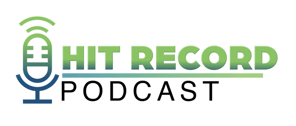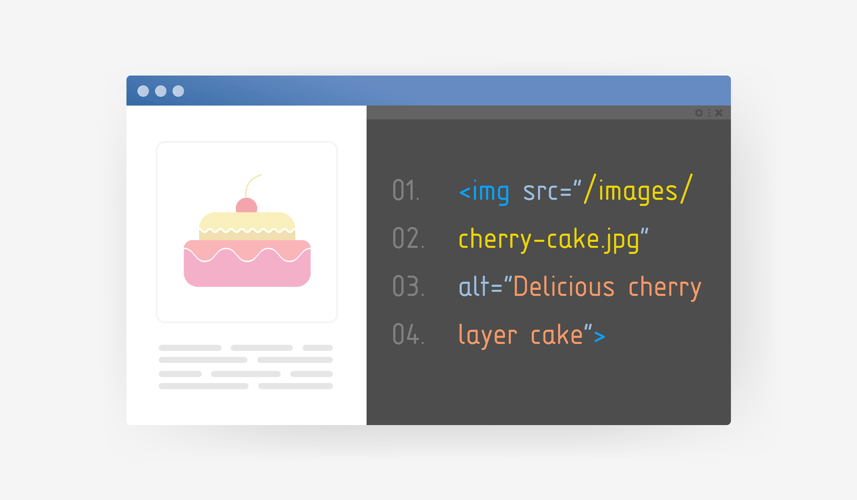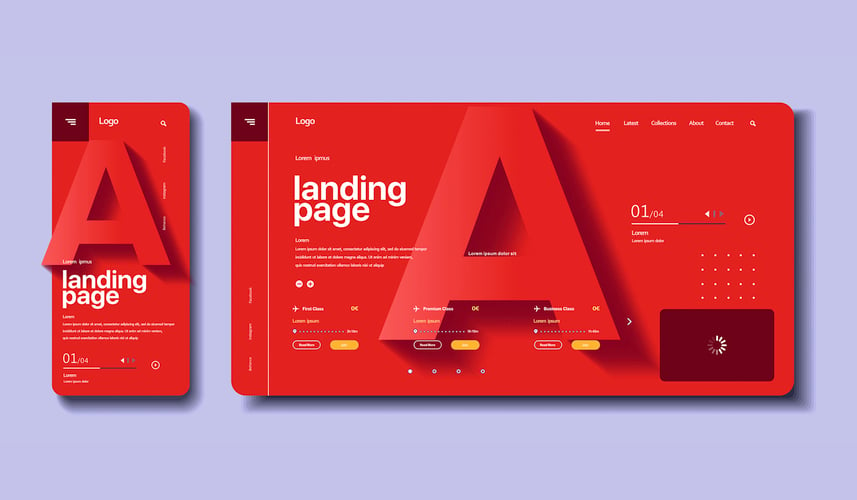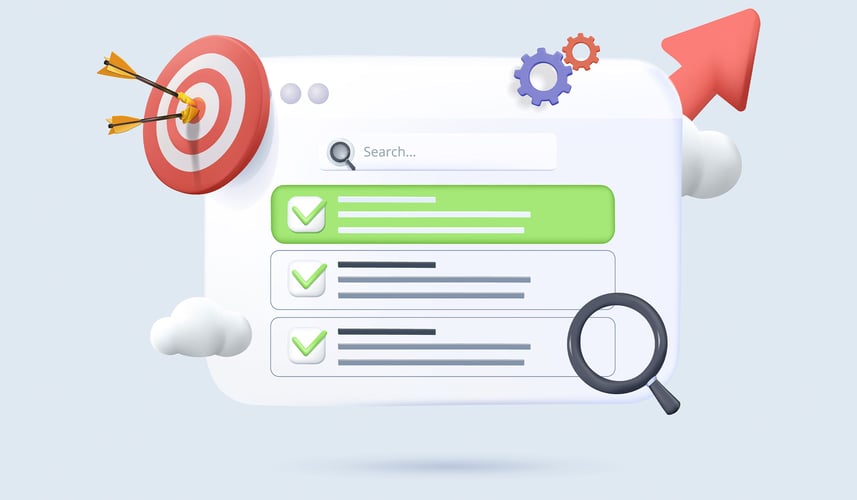Episode 42 - Designing a Digital Onboarding for New Customers that will Definitely Deepen Relationships


Don't Miss An Episode, Subscribe Now

On-boarding programs is not a one-size fits all approach. Your financial institution should have different onboarding programs for the various types of customers including:
- New Customers
- Current Customers
- Direct Customers
- Indirect Customers
The FI GROW team discusses best onboarding practices to get a larger share of customers' wallets.
Transcription:
If you're looking for best practices for your bank or credit union, join us while we talk all things sales, marketing, and strategy for financial institutions. Let's make it happen with FI GROW Solutions..
Meredith Olmstead:
Hi there. I'm Meredith Olmstead, CEO and Founder of FI GROW Solutions. We are a digital marketing and sales consulting agency and we work with banks and credit unions. And I'm here with our Chief of Strategy, Penny Vanderbush. Say hey, Penny.
Penny Vanderbush:
Hey there.
Meredith Olmstead:
Penny and I were just having a really interesting conversation about onboarding programs and specifically how to build a digital onboarding program to deepen relationships with your new customers, current customers, indirect customers, direct customers, all of these different new people to your credit union or your bank. And so I was like, "Let's hit record. I want to talk about some of these at a high level because I think there's some really solid takeaways for marketers out there who are trying to maybe prioritize deepening relationships with customers in 2023 and going forward."
So, we know that we want to build deeper relationships. We want a larger share of wallet of current customers. When they come in, they come in maybe with one product in place, we need to place two, three, four more if possible, products and services. So Penny, what's the first thing that you really have to understand or you have to keep in mind when you're thinking about, well, a really positive and successful digital onboarding program?
Penny Vanderbush:
Yeah. Well, I think one of the things that we see often where people aren't happy with their onboarding programs is they have one onboarding program. And when you have one onboarding program and you're trying to send all new members or customers through that onboarding program, you may be sending direct members, indirect members, business members. So it's not a one-size fits all approach. So, number one, you have to have different onboarding programs for those different groups. So direct members, it'll be a longer onboarding process, definitely at least 90 days. Six months is great. There are some cases in which an argument can be made for a 12-month onboarding program. So those are longer, they cover more of your product line, more of your services.
Also, don't be afraid to align your direct member onboarding program with your current KPIs at the corporate level, your current goals. So if you're heading into a year where you've identified that checking account growth is going to be a priority for you, or home loans, consumer loans, whatever those top product lines are where you're trying to place those, don't be afraid to lead with those in your direct onboarding program and then change them, change that annually or whenever it's appropriate for your organization.
Just make sure that if someone already has those products, that you're not continuing to talk about those products. You need a software, the software we use is HubSpot, we love it and it allows for what we call smart content. And so we can identify, if someone already has an auto loan, don't keep talking to them about an auto loan. They already have that checking account. Don't keep talking to them about it. And it checks every single time before it sends an email. So if someone opened that auto loan yesterday and that next email's about to go out today, it would say, "Oh, they've already got that. Instead, let's talk about a home loan or talk about something that they don't have." So direct member programs definitely longer and more product specific and service.
Meredith Olmstead:
Yeah, I was going to say, when we say longer, I would say some of our direct onboarding programs that are just like, those are kind of pretty big, they usually are a starting point for most of our clients. When they want us to start building onboarding programs for them, we usually start with their direct new customers. Those are people who come to your institution to open an account, apply for a loan, they come directly to you. Those can be like 10, 13, 15 emails spread out over the course of six months or more. Sometimes we'll also have internal cues that will have somebody write them a handwritten note, make a phone call. So that's a nice thing about doing a digital onboarding is it doesn't always have to come via email, you can mail them things, you can make phone calls and reach out and personalize their experience in that way so they know there's a human on the other side of the line.
So, indirect though, so we know with direct customers and members, they know who you are, right? Indirect is another challenging onboarding that we do for customers and for our clients, and that's funny because a lot of indirect customers, members at banks and credit unions, they come say through a car dealer or they come through another direct point of sale. They might have a surgery loan somewhere, or who knows? There's all kinds of, their green loans to get your solar panels, something like that. They might not even know your name of your institution. They get something from you and they're like, "Who's this?" They're thinking about what they purchased, not who they financed that purchase with. So you have a lot more work to do to really educate them about who you are as an institution. What's your differentiator? What do you do for your community? What sets you apart from their main point, their main financial institution? Their primary financial institution is not you yet. So that's really the key for indirect.
Penny Vanderbush:
Yeah, absolutely. And I think that if you have robust indirect relationships across multiple types of dealerships, like Meredith brought up solar panels, a lot of people have indirect through, car dealerships are most popular of course, but maybe it's RV dealership, maybe it's a boat dealership. So you want to make sure that if you have really strong relationships with multiple different types of indirect dealers, that you are doing the best that you can to customize that experience based on that. Congratulations on your new RV, maybe you're looking now for some accessories or, congrats on that new boat, you're ready to hit the open waters and here are some things you might need.
We have actually found a lot of success in our indirect programs by offering pre-approved credit cards or personal loans to someone and those are working really well. So you just underwrote a loan for somebody for a vehicle, a boat, solar panels, whatever that may be, typically tens of thousands of dollars within that loan. So the idea of, "Hey, you're already approved for a $2,500 credit card," chances are if they needed another $2,500 in underwriting, you would've approved them for that anyway. So it's a great opportunity to say, "We get you. We're excited about that purchase you just made."
We have a client who has a relationship with a pool vendor. Congrats on that pool, you probably now need some patio furniture, maybe an outdoor kitchen, or those types of things. You're already approved for this amount on a card or a personal loan. If you'd like more, just click this button, we'll look at your application again and we'll see if we can get you. By the way, we're the local credit union that does this, and you get your value proposition statement or your mission. You start to include some of that information about yourself, but you're doing it in a way where you're offering them more.
So I'm not sure that a giant welcome letter that's paragraphs of text about yourself is going to resonate the same way as, "We're excited about the purchase you just made too. We understand you may need more. We're already approving you for something. Let us know how we can help and here's a little bit about us."
Meredith Olmstead:
Yeah. And that also gets to that personalized experience. I mean I think the last time we did, or one of the times we did a direct or an indirect onboarding experience, you went through it and you were like, there literally could be thousands of potential combinations of content in this program because of all the smart content because so much gets rotated through based on characteristics of your new customer. So if they haven't signed up for online banking, you're going to shoot them an email that highlights online banking and the steps for signing up for that. But if they've already done that, see if you can push them towards bill pay or towards activating a debit card or towards whatever service that they haven't already taken advantage of.
Penny Vanderbush:
Exactly.
Meredith Olmstead:
And so making sure that you're rotating that content based on known characteristics is huge. That also reminds me, and we were talking about this for a minute, business members and customers. Don't throw them into a regular onboarding. They are so different from a regular customer.
Penny Vanderbush:
Yeah, absolutely. And I think that it's important also in those onboarding programs, so we talked about keeping them separate, definitely going to a direct member, that direct member could be different between consumer and business. And then indirect onboarding programs could be different based on where they're coming from, whatever that relationship was. And then the other element that we were discussing about onboarding programs is surveying and when to include a survey, what to include in the survey.
So a couple surveys that I typically see clients asking about is NPS survey and then just experience surveys like, how was your experience? So where we've seen the most success is we have had clients attempt an NPS survey right out of the gate. Based only on your account opening experience, how likely are you to refer us to a family member or a friend? And the challenge with that is for a lot of people reading that, they're saying, "I'm not ready to recommend you to a family member or a friend. I just met you. I did one thing." So they're not even comfortable responding to an NPS survey.
So the ones that are more successful, how would you rate that experience? Maybe it's a star, five star rating, three star rating, or a scale of poor to fair to good to excellent. I've even seen the smiley faces, right? Happy face, frowny face, neutral face. So those types of surveys earlier on tend to work better. The NPS surveys, depending on the length of your onboarding program-
Meredith Olmstead:
Come later.
Penny Vanderbush:
... you could ask that maybe six months out, definitely at 12 months out. We always encourage our clients to be surveying their entire membership annually with an NPS survey. And we always follow, or we recommend the quarter per quarter rule. Survey a quarter of your membership every single quarter so that you constantly have this stream of NPS data coming back to you. So if you've recently upgraded your online banking program, you can immediately see how that changes the feedback.
And a lot of times when people are new to you and they're in that first year or the onboarding, they might not be comfortable really to answer those types of NPS survey questions yet. So I think it's worth a conversation, whoever you're partnering with, whoever you use an agency, or if you're going to try to do it all internally yourself, the big question is, what are we going to do with the data when we get it? So-
Meredith Olmstead:
Yeah, 100%. Making sure that you have a good system in place for providing feedback to your frontline staff members, your department heads, making sure that that feedback is actionable and that you're doing something with it. 100%. And then the other thing that we also do that's really, really impactful from a marketing standpoint is when you're getting those good survey, that good feedback, that you're then following up and asking somebody for a public-facing review, like a Google review or you link to the branch, the Google My Business page, review page for the branch where they open their account or wherever you want to be targeting, and that you're actually suggesting that they share that feedback publicly because that is really impactful for future potential new customers. So awesome stuff.
Penny Vanderbush:
Absolutely. Yeah. I think if I could leave everyone with one thought is that if you're going to run an onboarding program, you're going to have different programs based on where those members or customers came from, but do everything you can to make it data driven. If all of your emails, if email one is the same for everybody and email two is the same for everybody, you're almost better off to spend your time developing your data and source of data to inform those marketing before you build the onboarding program because it's just a stagnant experience for everybody across the board, doesn't work. It's not as effective.
Meredith Olmstead:
100%. Thank you so much. This was great tips. We've got lots more information on the website, figrow.com. Come check out our blog and our other podcasts, and in the meantime, let's all just get out there and make it happen.








Blog comments